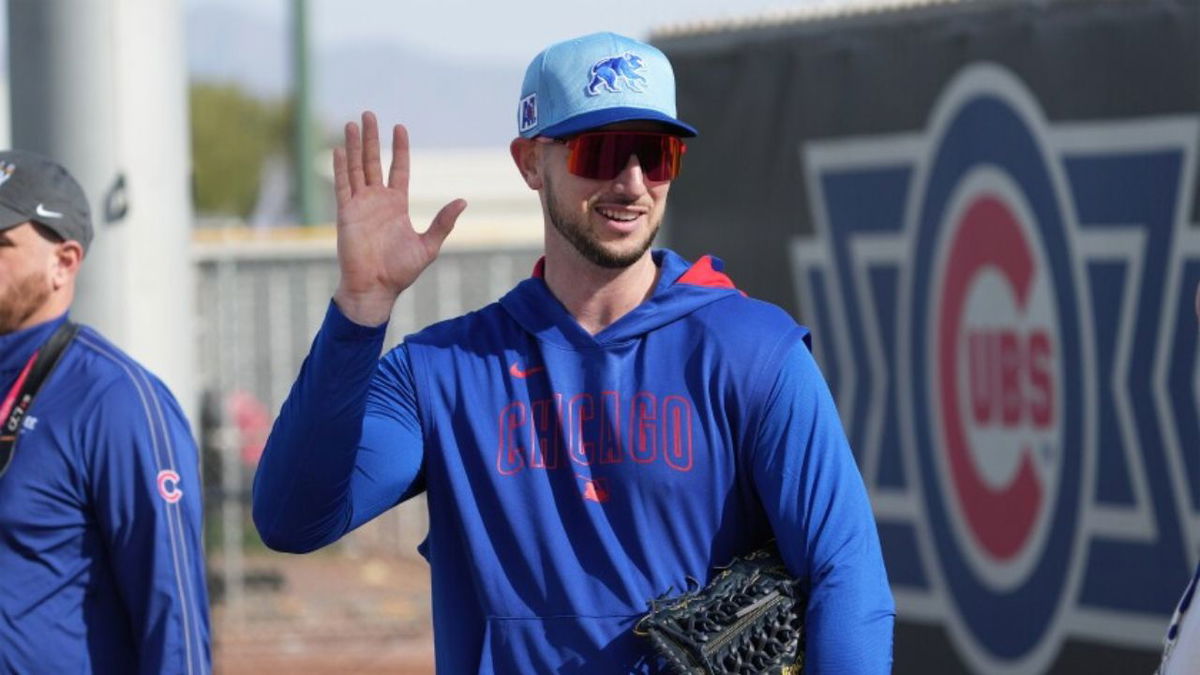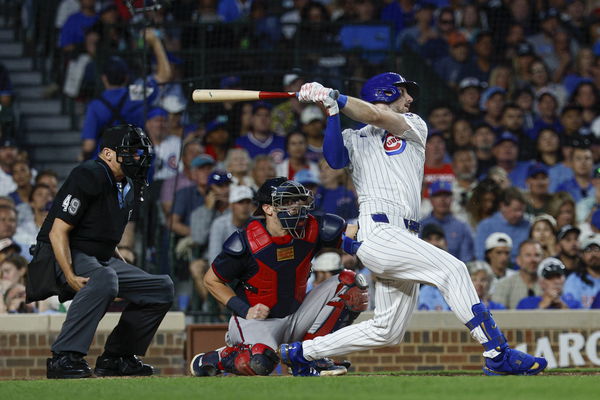
Imago
Credit: Imago

Imago
Credit: Imago
As noted by Dave Roberts, setting aside the salary cap debate, MLB would be more competitive if more teams followed the Dodgers’ aggressive approach to building a roster. Small-market teams may not be able to drop $700 million on a single player. But couldn’t they spread that kind of money out over 20 years?
“What makes the Dodgers’ interest in [Kyle] Tucker all the more enraging for the rest of baseball is that they’d be adding to an embarrassment of riches. There’s a saying in MLB that organizations cannot buy a World Series, but the Dodgers have won two straight.
“Calls for a salary cap ignore the simple fact that every lever the Dodgers pull to their advantage is available to 29 other teams. Deferred contracts, as much as they’ve becoming synonymous with LA’s front office strategy in free agency, could be offered elsewhere. Thus far, 29 other teams have failed to match the Dodgers’ energy in that regard,” Fansided’s Mark Powell pointed out.
ADVERTISEMENT
Article continues below this ad
The Dodgers’ math is simple: make record offers by pushing the payment decades down the road, while not surpassing the luxury-tax limits. There was an objection to the practice in 2021, but the players’ association rejected it because the deferred payments only turn into long-term trust funds for them.
Mookie Betts, for example, is currently on a 12-year $365 million contract that runs through the 2032 season. But with $120 million in deferred amount, the slugger will continue to receive payments through 2044. Freddie Freeman is subject to $57 million from 2028 through ’40, while Blake Snell awaits $66 million from 2035 through ’46.
ADVERTISEMENT
Article continues below this ad
This has allowed the Dodgers to operate on $115.61 million for the next year, while it could have been $241.44. But it also means the club owes its players about $1.o51 billion (as of February) in deferred payments to eight players from 2028 to ’46. However, nobody in the building is hitting a panic button.
Top Stories
Dodgers president of baseball operations Andrew Friedman says it all depends on how you account for it. With a lot of the club’s ownership groups having a financial background, they have planned and funded those future payouts, so that the $1 billion sum doesn’t sound as monstrous. “We’re not going to wake up in 2035 and [say], ‘Oh my God, that’s right. We have this money due,'” he explained.
It is evidently paying off. According to Sportico, the Dodgers became the first team in baseball history to generate $1 billion in gross revenue. The reasons are pretty obvious– a blockbuster local TV contract, and generational talent on the field they pulled via massive contracts. They also topped the chart with $4.29 million per regular-season home game ticket sales.
On the other hand, the second team on the deferred payments list is about $800 million behind the Dodgers.
ADVERTISEMENT
Article continues below this ad
Take the Giants, for example. They were right there in the mix for Shohei Ohtani in 2023. But eventually backed off and signed Willy Adames instead on a 7-year, $182 million deal. Now, if you compare Adames’ AAV ($26M) to what the Dodgers are actually paying Ohtani each year (after all the deferred money, around $46M), San Francisco could’ve made it work.
But without hopping onto the strategy, other teams are helping the Dodgers take advantage of the system’s loopholes all alone. So now, as Kyle Tucker heads into the offseason, it is pretty obvious that the Dodgers have an upper hand.

Imago
MLB, Baseball Herren, USA Washington Nationals at Chicago Cubs Sep 5, 2025 Chicago, Illinois, USA Chicago Cubs right fielder Kyle Tucker 30 hits a three-run home run against the Atlanta Braves during the third inning at Wrigley Field. Chicago Wrigley Field Illinois USA, EDITORIAL USE ONLY PUBLICATIONxINxGERxSUIxAUTxONLY Copyright: xKamilxKrzaczynskix 20250902_KSK_kb1__007
According to ESPN’s Kiley McDaniel, Tucker could command around $418 million over 11 years. The Dodgers might try to lure him with a shorter, high-AAV deal. But he’s the top free agent in the market, and longevity is what his priority could be. In such a case, a deferred contract makes perfect sense.
If deferred money is such an effective tool, why aren’t the other 29 teams using it the same way to land the game’s biggest stars? It’s hard to fault the Dodgers for flexing their financial creativity.
Tucker would come with a few risks for the Dodgers
The Dodgers relied on Michael Conforto for most of 2025 in the outfield. But his production just wasn’t there. Conforto hit only .199 with 12 HRs. Tucker, on the other hand, would be a massive upgrade. He’s one of the league’s premier hitters and provides solid defense.
This season, he hit 22 HRs and drove in 73 runs that would fit seamlessly into the Dodgers’ already star-studded lineup and keep them among the top contenders in the National League. But he doesn’t come in without concerns– his recent history of injury.
After playing through a hairline fracture in his right hand during the 2025 season with the Cubs, Tucker’s offensive numbers dipped in the second half. He also dealt with a calf strain that sidelined him for three weeks in September. While these are not considered major long-term issues, they add a warning element for teams considering a long-term deal. For the Dodgers, putting north of $400 million on such an injury-prone player itself is a huge risk.
Moreover, the key focus of this offseason for the Dodgers will surely be their bullpen, with players like Kirby Yates failing to perform. Putting $400 million on a single player could limit their chance to get a few reliable relief pitchers.
Still, if Tucker eventually ends up with the Dodgers, be prepared to witness the MLB power balance get more inclined towards LA. “Dodgers are ruining baseball” may start resurfacing. Unless the other 29 rip benefits from the loophole.
ADVERTISEMENT
ADVERTISEMENT
ADVERTISEMENT
ADVERTISEMENT

